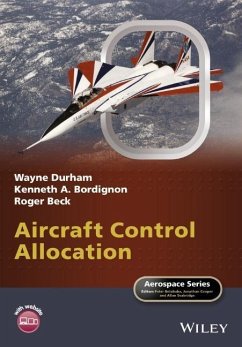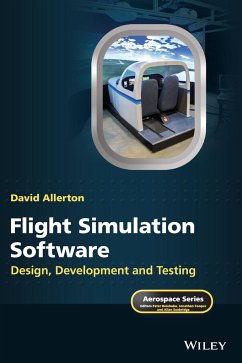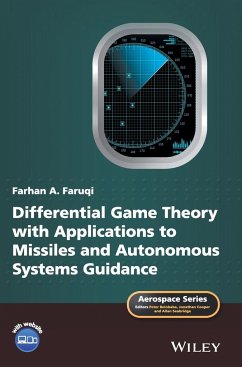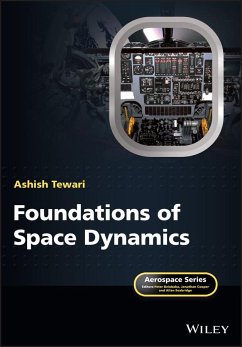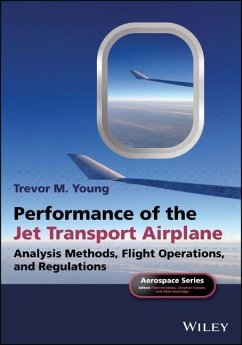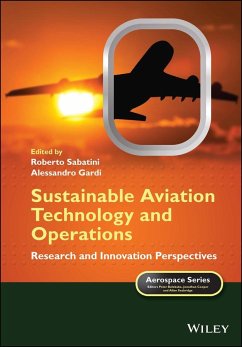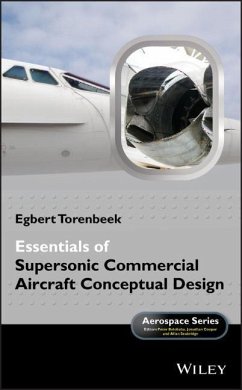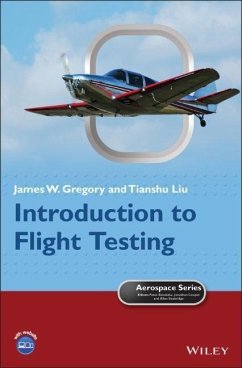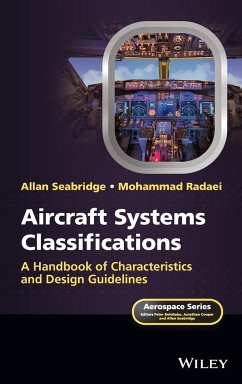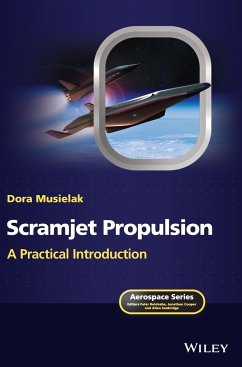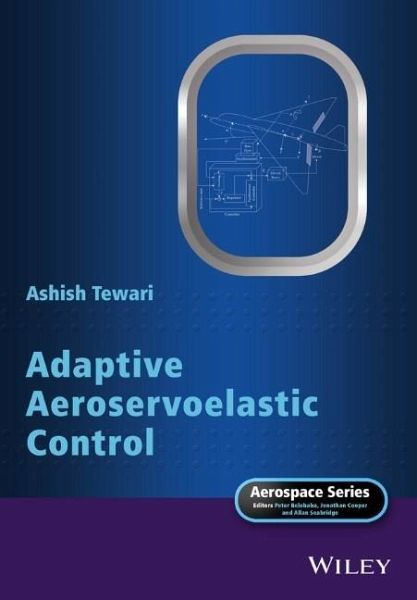
Adaptive Aeroservoelastic Control

PAYBACK Punkte
70 °P sammeln!
This is the first book on adaptive aeroservoelasticity and it presents the nonlinear and recursive techniques for adaptively controlling the uncertain aeroelastic dynamics_ Covers both linear and nonlinear control methods in a comprehensive manner_ Mathematical presentation of adaptive control concepts is rigorous_ Several novel applications of adaptive control presented here are not to be found in other literature on the topic_ Many realistic design examples are covered, ranging from adaptive flutter suppression of wings to the adaptive control of transonic limit-cycle oscillations
This is the first book on adaptive aeroservoelasticity and it presents the nonlinear and recursive techniques for adaptively controlling the uncertain aeroelastic dynamics
_ Covers both linear and nonlinear control methods in a comprehensive manner
_ Mathematical presentation of adaptive control concepts is rigorous
_ Several novel applications of adaptive control presented here are not to be found in other literature on the topic
_ Many realistic design examples are covered, ranging from adaptive flutter suppression of wings to the adaptive control of transonic limit-cycle oscillations
_ Covers both linear and nonlinear control methods in a comprehensive manner
_ Mathematical presentation of adaptive control concepts is rigorous
_ Several novel applications of adaptive control presented here are not to be found in other literature on the topic
_ Many realistic design examples are covered, ranging from adaptive flutter suppression of wings to the adaptive control of transonic limit-cycle oscillations




